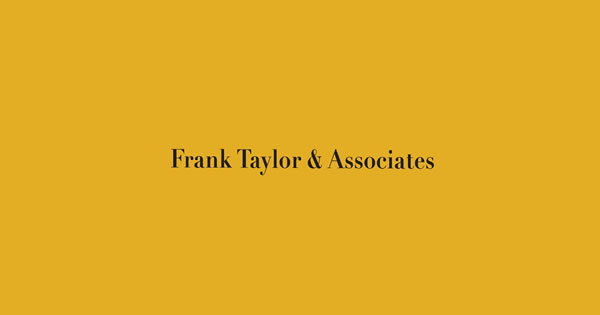Covid-19 – Managing Costs through a Crisis
With many practices managing costs during the COVID-19 lockdown, Andy Acton shares his advice on making those difficult decisions.
There’s no denying that the current COVID-19 pandemic is unprecedented, and is forcing many dental practices to take difficult decisions, often with limited information and in limited timescales. Not surprisingly a lot of these decisions are in cost management. For many practice owners they may have never needed to undertake process such as this, so I thought it may help to share some experiences and lessons learnt. Cost Management should be a byword for “good housekeeping”, not a euphemism for “panic stations”.
The important start is to understand what you are trying to achieve.
- How much do you want to save?
Is this an absolute amount or a percentage? If it’s the latter, is it your annual cost budget, previous year, or current year to date actuals?
- By when do you want to see the savings?
This timeline has to be realistic or else you will fail on the desired savings or create a deferred cash flow issue and a potentially awkward conversation with your bank manager,
- How much are you prepared to concede to achieve it?
There will likely be an impact on service levels, the quality of what you deliver, and the amount of treatment delivered.
Typically the answers to these three questions are “As much as possible”, ”Yesterday” and “Nothing”, respectively! But addressing the above realistically, and if necessary, revisiting when circumstances change, will help you frame the exercise.
Moving Forward
- What is the composition of your cost base? How many costs are fixed (for example your utilities are fixed and your material costs variable)? For example, if you want to save 10% of your costs, and 50% of them are fixed in the short term, then you’ll need to save 20% of variable costs to reduce your total costs by 10%. Don’t ignore the fixed costs, but they may not be your priority today, particularly if you have limited time.
- What is your current run rate (i.e. if you did nothing, where would your costs run to in, say, a year?) Your run rate will be trending downwards as your practice has been shut for several weeks and no dentistry delivered. This isn’t a true reduction in costs and needs to be measured against your typical costs.
- What are the drivers of your costs? For example, staffing levels (looking at both employed and self-employed team members), volume of treatments (will this change post-Covid given surgery downtime required to reduce cross contamination?), practice/surgery space, data usage, stock levels. Understand the drivers, and the levers you have to pull in order to make savings.
- Track the drivers, and the impact they have. There may be an impact on income when you re-open to see patients due to the pace at which you can work. What is the impact of this on your cost base?
- Track the impact of your decisions. If you have reduced your reliance on associates for example, the impact would be immediate and how much of a saving did you see?
- Diarise (ahead of) renewal dates of contracts. The costs that are fixed today, won’t be fixed for ever. You will undoubtedly have numerous service contracts (e.g. air-conditioning, compressor) along with business services (e.g. mobile phones, electricity, gas). When you next get an opportunity to renegotiate or shop around, make sure you are prepared and well informed.
- Try and build as much of the above into your ongoing daily processes once things return to a new ‘normal’. Cost management is good business sense and does not all need to fall on the shoulders of the principal. To get through this you’re going to need to work as a team and support each other.
- Keep in regular contact with your team and where appropriate engage them in the process. Understand they may be facing other anxieties too; be sensitive to these, a word or two of reassurance or a thoughtful gesture can go a long way. When you return to your ‘new look’ practice your team are going to be vital.
- This cost management exercise may well be aggressive in the short-term but remind your team (and yourself?!) that you will come through it stronger and having learnt from it.
- Lead by example on all the above. Here is a link to another useful article on leadership which might help.
(Published Tuesday 12th May 2020)
















